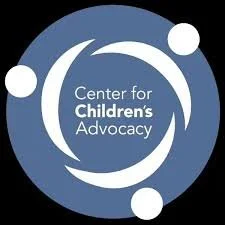Nominations Open for State's First Connecticut Entrepreneur Awards
/A consortium of public and private associations and agencies, higher education institutions and entrepreneur-assisting nonprofit and for-profit organizations is launching the CT Entrepreneur Awards, designed to celebrate “the entrepreneurs and support system that make Connecticut work.” The inaugural awards, to be presented this spring, will recognize a variety of individuals and organizations that connect, collaborate and communicate amongst each other to help entrepreneurs succeed, according to organizers of the initiative. Nominations are now open for the CT Entrepreneur Awards, which will recognize the individuals and organizations that are instrumental in running the state’s ecosystem. From community builders and events to government officials and advisors that continuously support entrepreneurs, the awards are intended to highlight local leaders “that make a difference.”
Award categories include: Venture, Community Builder, Program, Space, Event, Education, Funding, Corporate/Institutional, and Government.
The CT Entrepreneur Awards are described as “community driven,” reflecting the easy online nomination form. The nine main categories were established in an effort to gather and honor “a broad array of leaders that create the foundation for entrepreneurs to succeed.” Individuals are asked “to nominate as many leaders that deserve recognition for their work in the community.”
During January, nominations are being sought and collected. From that broad list, the consortium will narrow the field and hold final online voting in February. Plans are to hold an awards in late March or early April, with event serving to “bring together all of the people dedicated to supporting entrepreneurs throughout the state.”
The CT Entrepreneur Awards are a product of the CT Entrepreneur Event Organizers consortium, an all-volunteer cooperative effort of people and organizations that host and facilitate entrepreneur facing events in throughout the state. Proceeds from the CT Entrepreneur Awards will be directed to fund the statewide Entrepreneur Events Calendar, www.ctevents.co.
Consortium members include Accelerated Ventures, Axis 901, Baypath University, BEACON, Bridgeport Innovation Center, Business New Haven, CBIA, CCSU, ColoDesk.com, Congressman Jim Himes, Connecticut Economic Resource Center, Inc., Connecticut Innovations, CTNEXT, Connecticut Small Business Development Center, Connecticut Technology Council, CountMeIn!Hartford, Crossroads Venture Group, CT Entrepreneur Meetup, CT Hackerspace, CT Invention Convention, CT User Experience, Design Professionals CT ,Women's Small Business Development Council, CURE, and Danbury Hackerspace.
Consortium members also include the state Department of Economic & Community Development, Digital Surgeons, Economic Development Corp of New Haven, Enhanced Capital, Entrepreneurship Foundation, Fairfield University, Founderstood, Goodwin College, Hartford Business Journal, Help CT Grow, Innovate Hartford, Innovation Destination: Hartford, Launch EZ, LEARN TO PROGRAM MEDIA, LootScout, M5 Information Services, Madison Mott, MakeHaven, MakerspaceCT, Metro Hartford Alliance, Miles Finch Innovation, and MJX Asset Management
Also participating in support of the initiative are National Invention Convention, New Haven Chamber of Commerce, New Haven Lean Startup Meetup, Remarkable Technologies, reSET, SCORE – Hartford, SCORE - Western Connecticut, Senator Chris Murphy’s office, Spark, SPARK MakerSpace, Stamford Innovation Center, Stamford Tech Meetup, Startup Grind - New Haven, Startup Hartford, TAN2000 International, Test My Pitch, The Business Council of Fairfield County, The Diversion, The Grove, The Refinery, Thrise, Town of Old Saybrook, and Transactions Marketing, Inc.
Members also include the U.S. Small Business Administration, University of Connecticut, UConn - Connecticut Center for Entrepreneurship and Innovation, UConn - Entrepreneurship and Innovation Consortium, UConn - School of Business, UConn - School of Engineering, UConn - Technology Incubation Program, University of Hartford - Entrepreneurial Center, University of Hartford - Women's Business Center at Entrepreneurial Center, University of New Haven - Tagliatela College of Engineering, Wesleyan University, Western Connecticut State University, Westfair Communications, Whitneyville Cultural Commons, Yale Center for Molecular Discovery, Yale Entrepreneurial Institute, Yale Office of Cooperative Research & Yale Entrepreneurial Institute, Yale School of Management, and Yale University.


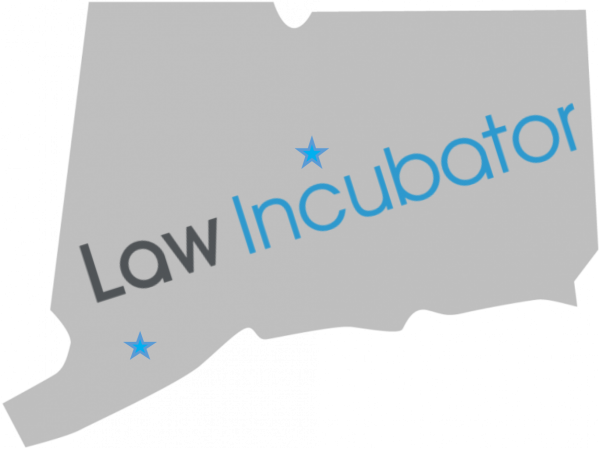
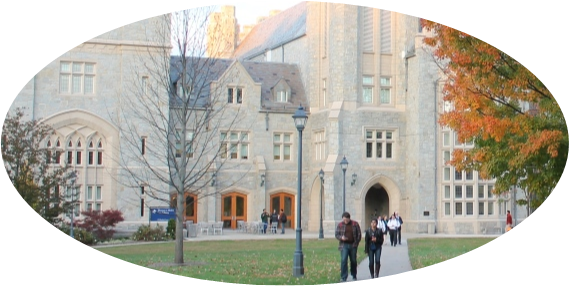

 Clients who qualify for services at the Hartford incubator will be those whose incomes exceed the limits for legal aid but fall within three times the federal poverty level. For a family of four, this would mean a maximum household income of $72,900. Clients wishing to apply for services may do so beginning in February, when information will be available at the center’s website: cclc.law.uconn.edu.
Clients who qualify for services at the Hartford incubator will be those whose incomes exceed the limits for legal aid but fall within three times the federal poverty level. For a family of four, this would mean a maximum household income of $72,900. Clients wishing to apply for services may do so beginning in February, when information will be available at the center’s website: cclc.law.uconn.edu.
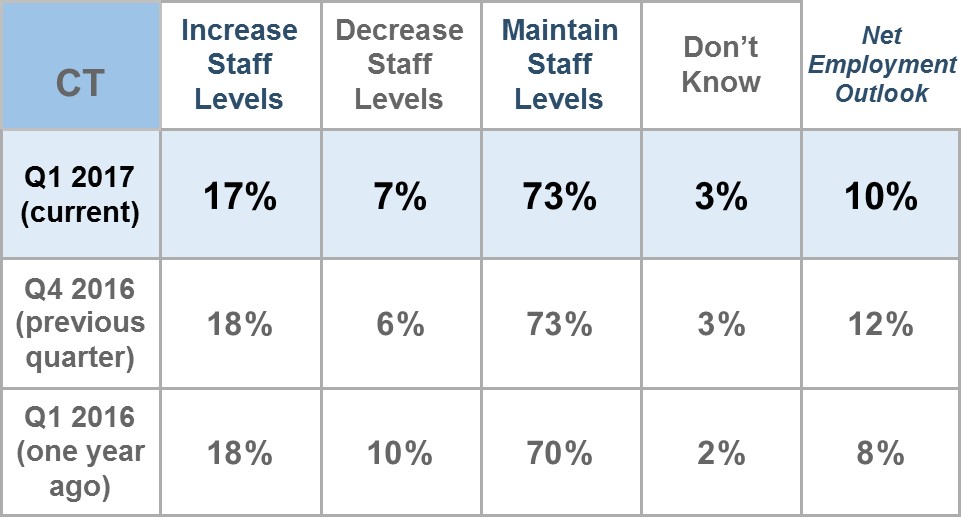 From January to March, 17 percent of Connecticut companies interviewed plan to hire more employees, while 7 percent expect to reduce their payrolls. Another 73 percent expect to maintain their current workforce levels and 3 percent are not certain of their hiring plans. This yields a Net Employment Outlook* of 10 percent.
From January to March, 17 percent of Connecticut companies interviewed plan to hire more employees, while 7 percent expect to reduce their payrolls. Another 73 percent expect to maintain their current workforce levels and 3 percent are not certain of their hiring plans. This yields a Net Employment Outlook* of 10 percent. formation and Other Services plan to reduce staffing levels.
formation and Other Services plan to reduce staffing levels.
 Also this month, the State Treasurer’s office is closing the year with a push urging consumers to check the agency’s CT Big List to determine if misplaced assets can be claimed. State Treasurer Denise L. Nappier said the special online publication is one component of the Treasury’s efforts to reunite rightful owners with their unclaimed property and is available through its homepage, www.ott.ct.gov.
Also this month, the State Treasurer’s office is closing the year with a push urging consumers to check the agency’s CT Big List to determine if misplaced assets can be claimed. State Treasurer Denise L. Nappier said the special online publication is one component of the Treasury’s efforts to reunite rightful owners with their unclaimed property and is available through its homepage, www.ott.ct.gov.

 h between 2012 and 2015. Founded in 2012, Loot Crate has more than 650,000 subscribers worldwide in 35 countries. The ranking summary points out that "Loot Crate’s position at the top of this year’s list showcases how innovation isn’t always about new technology and invention, but also about ingenuity, the recombining of existing assets, and know-how in new ways to maximize value."
h between 2012 and 2015. Founded in 2012, Loot Crate has more than 650,000 subscribers worldwide in 35 countries. The ranking summary points out that "Loot Crate’s position at the top of this year’s list showcases how innovation isn’t always about new technology and invention, but also about ingenuity, the recombining of existing assets, and know-how in new ways to maximize value." The focus of the Connecticut firms that made this year’s list reflected the overall composition of the rankings, which were based on companies’ revenue growth between 2012 and 2015. Software continues to have the greatest impact across technology sectors, representing 58 percent of the entire list and five of the top 10 winners overall.
The focus of the Connecticut firms that made this year’s list reflected the overall composition of the rankings, which were based on companies’ revenue growth between 2012 and 2015. Software continues to have the greatest impact across technology sectors, representing 58 percent of the entire list and five of the top 10 winners overall.
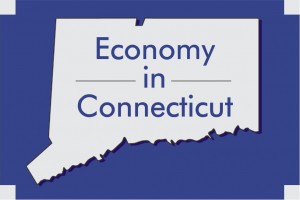
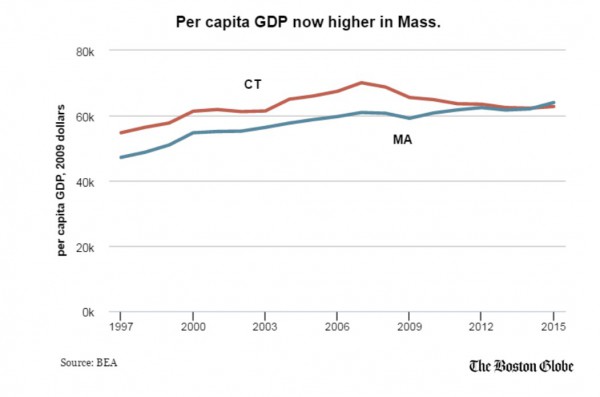 “The company will hire 14,000 new employees over the next 13 years,” the
“The company will hire 14,000 new employees over the next 13 years,” the 


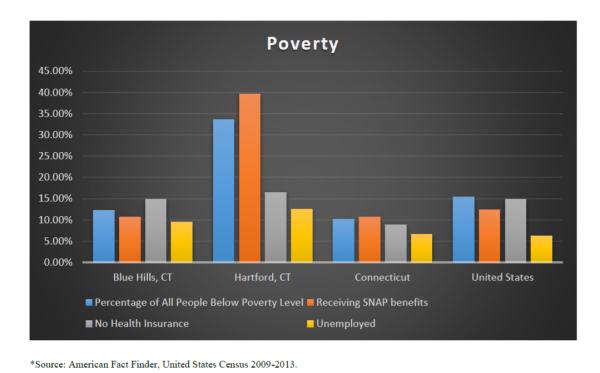 this book, education is the ultimate determinate of success. In order for Hartford to excel, the population must be educated. The emerging majority must be able to support itself and children require cutting edge educational opportunities.”
this book, education is the ultimate determinate of success. In order for Hartford to excel, the population must be educated. The emerging majority must be able to support itself and children require cutting edge educational opportunities.” The Mattress Recycling Council (MRC), a non-profit organization established by the mattress industry that created and manages the program in Connecticut, California and Rhode Island, presented its inaugural
The Mattress Recycling Council (MRC), a non-profit organization established by the mattress industry that created and manages the program in Connecticut, California and Rhode Island, presented its inaugural  “We are pleased with the program’s productive start and will continue to work with city leaders, businesses and the state to improve the program, expand the number of communities served, and increase the volume of mattresses recycled,” said Ryan Trainer, President of MRC and the International Sleep Products Association.
“We are pleased with the program’s productive start and will continue to work with city leaders, businesses and the state to improve the program, expand the number of communities served, and increase the volume of mattresses recycled,” said Ryan Trainer, President of MRC and the International Sleep Products Association.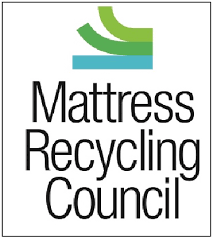
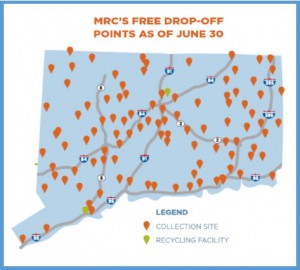
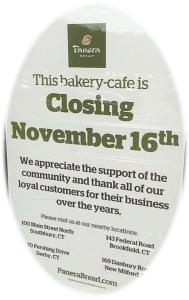
 As of June 28, 2016, there were 2,007 bakery-cafes in 46 states and in Ontario, Canada operating under the Panera Bread, Saint Louis Bread Co. or Paradise Bakery & Cafe names. Published reports indicate the company has 97,000 employees nationwide and saw a 3.4 percent growth in sales in its third quarter this year. In 2015, it reportedly generated roughly $2.7 billion in revenue. Founder and CEO Ron Shaich
As of June 28, 2016, there were 2,007 bakery-cafes in 46 states and in Ontario, Canada operating under the Panera Bread, Saint Louis Bread Co. or Paradise Bakery & Cafe names. Published reports indicate the company has 97,000 employees nationwide and saw a 3.4 percent growth in sales in its third quarter this year. In 2015, it reportedly generated roughly $2.7 billion in revenue. Founder and CEO Ron Shaich 







